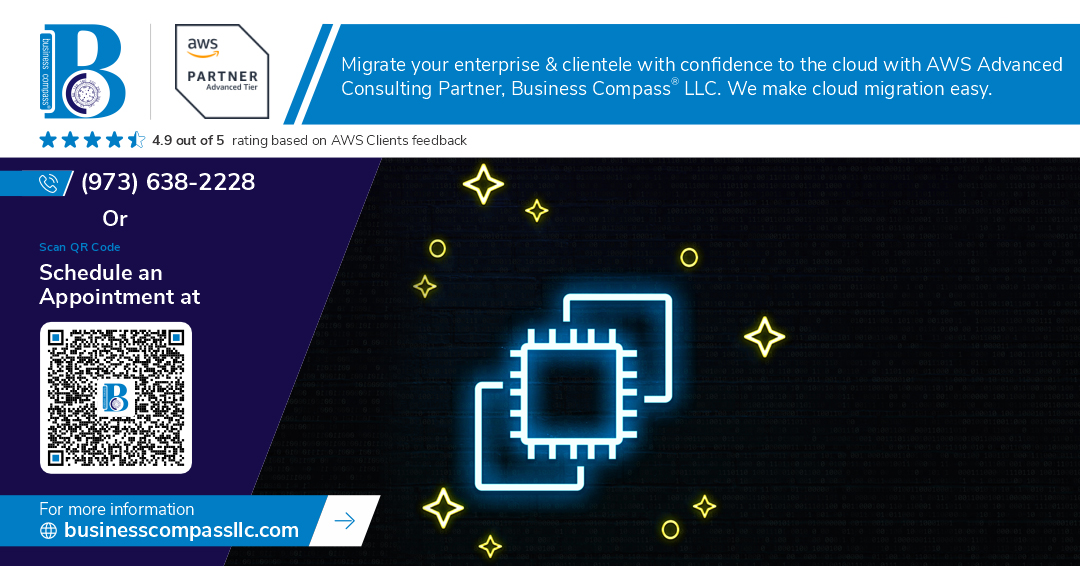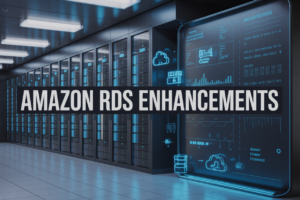Ever spent hours debugging a mysteriously failing auto-scaling group only to discover it was a metadata issue all along? You’re not alone. I’ve watched senior DevOps engineers pull their hair out over EC2 metadata problems that seemed to appear out of nowhere.
Let me save you that frustration. By the end of this post, you’ll understand exactly how EC2 metadata works with Auto Scaling and the critical role it plays in your AWS infrastructure.
EC2 metadata serves as the behind-the-scenes hero for your auto-scaled applications, providing essential instance information that determines how your resources behave when scaling up or down.
But here’s what most tutorials won’t tell you: there’s a crucial difference between how metadata behaves in regular instances versus auto-scaled ones. And that difference might be why your perfectly-coded application keeps failing.
Understanding EC2 Instance Metadata
What is EC2 metadata and why it matters
EC2 metadata is your instance’s backstage pass to its own identity and configuration. Think of it as a self-awareness system that lets your EC2 instances discover crucial details about themselves without you hardcoding values. This matters because it enables dynamic configuration, automation, and smarter application behavior in cloud environments.
How to access EC2 metadata
Using IMDSv2 (Recommended)
TOKEN=`curl -X PUT "http://169.254.169.254/latest/api/token" -H "X-aws-ec2-metadata-token-ttl-seconds: 21600"`
curl -H "X-aws-ec2-metadata-token: $TOKEN" http://169.254.169.254/latest/meta-data/
Using IMDSv1 (Legacy)
curl http://169.254.169.254/latest/meta-data/
Want specific info? Just append what you need:
curl -H "X-aws-ec2-metadata-token: $TOKEN" http://169.254.169.254/latest/meta-data/instance-id
Key metadata categories you should know
| Category | Description | Example Use |
|---|---|---|
instance-id |
Your EC2’s unique identifier | Tracking and tagging |
ami-id |
AMI used to launch the instance | Versioning and auditing |
local-ipv4 |
Private IP address | Service discovery |
public-ipv4 |
Public IP address (if assigned) | External connectivity |
instance-type |
The instance size/type | Resource-aware scaling |
placement/availability-zone |
The AZ where instance is running | Regional failover logic |
iam/security-credentials/ |
IAM role credentials | Secure AWS API access |
user-data |
Custom data provided at launch | Bootstrap configuration |
Common use cases for leveraging metadata
Metadata isn’t just technical trivia—it’s practical magic. Developers use it to build self-configuring applications that adapt to their environment. DevOps teams grab instance IDs for automated inventory management. Security folks leverage metadata for dynamic credential handling without hardcoding secrets. And when you’re scaling, metadata helps instances discover their purpose in the greater infrastructure ecosystem.
Mastering EC2 Metadata Service (IMDS)
IMDSv1 vs. IMDSv2: Security Improvements
IMDSv2 crushes IMDSv1 in the security department. With v1, anyone who can send HTTP requests to the metadata IP address gets access – yikes! V2 fixes this with session tokens and puts request hijacking attacks in a chokehold. The upgrade isn’t optional anymore – AWS is pushing everyone toward IMDSv2, and for good reason.
Leveraging Metadata in Auto Scaling Environments
How Auto Scaling Groups use instance metadata
Auto Scaling Groups tap into EC2 metadata to make smart scaling decisions. When a new instance spins up, it grabs configuration details through the metadata service. This powers the “magic” behind auto-launched instances knowing exactly what to do without human intervention. No guesswork, just automated intelligence.
Auto Scaling Fundamentals for EC2
Auto Scaling Groups explained
Auto Scaling Groups are like your EC2 instance babysitters. They automatically add servers when you’re busy and remove them when things slow down. No more panic-buying instances during traffic spikes or wasting money on idle servers. They’re basically the smart thermostats of your AWS infrastructure.
Launch templates vs. launch configurations
Launch templates are the cool new kid on the block, while launch configurations are heading for retirement. Templates offer versioning, parameter groups, and AWS console creation. Configurations? They’re simpler but can’t be modified after creation. The choice is yours, but templates give you way more flexibility.
Scaling policies and metrics that matter
CPU utilization isn’t the only game in town. Smart scaling watches custom metrics like request count, memory usage, or queue length. Target tracking handles most cases beautifully, while step scaling gives you precise control. Don’t forget predictive scaling for those predictable traffic patterns – it’s like having a crystal ball.
Instance termination policies
Your Auto Scaling Group needs rules for which instances to kill first. Default policy prioritizes instances in unbalanced AZs, then oldest launch configurations. Want more control? Set specific termination policies like OldestInstance or NewestInstance. Consider lifecycle hooks to gracefully shut down instances before termination.
Advanced Auto Scaling Strategies
Predictive Scaling for Optimized Performance
Ever watched your EC2 instances struggle during traffic spikes? Predictive scaling analyzes historical data to forecast load and scale before you need it. No more frantic scrambling when your application suddenly gets popular!
Multi-AZ Deployments for High Availability
Security Best Practices
Security Best Practices
A. Restricting metadata access
Don’t leave your EC2 metadata exposed like an open book. Implement IMDSv2, which requires session tokens, blocking unauthorized access attempts. It’s like adding a bouncer to your server’s VIP area – only those with the right credentials get through.
B. IAM roles and instance profiles
Think of IAM roles as special passes for your EC2 instances. Instead of hard-coding credentials (rookie mistake!), attach roles that grant temporary permissions. Your instances get exactly what they need without the security headache of stored access keys.
C. Encryption considerations
Encryption isn’t optional anymore – it’s your data’s bodyguard. Encrypt EBS volumes attached to your Auto Scaling instances and any sensitive data flowing between services. At-rest and in-transit protection gives you that warm, fuzzy security blanket feeling.
D. Network security for Auto Scaling Groups
Your Auto Scaling Groups need proper network boundaries. Use security groups as your first line of defense, allowing only necessary traffic. Place instances in private subnets behind load balancers, and use Network ACLs for that extra layer of protection. Security isn’t just about locks; it’s about smart architecture.
EC2 instance metadata provides essential information about your instances, from basic details like instance ID and hostname to more complex network configuration and user data. When combined with Auto Scaling, this powerful system lets you build truly dynamic cloud environments that can respond to changing workloads automatically. Understanding how to properly configure IMDS versions, retrieve metadata securely, and implement appropriate scaling policies ensures your applications remain available, cost-effective, and secure.
As you implement Auto Scaling in your AWS environments, remember to focus on security by limiting metadata access, using IMDSv2, implementing proper IAM roles, and regularly auditing your configurations. Whether you’re just starting with basic scaling policies or implementing advanced strategies like predictive scaling, the combination of EC2 metadata and Auto Scaling capabilities provides the foundation for building resilient, responsive cloud infrastructure that adapts to your business needs.




















